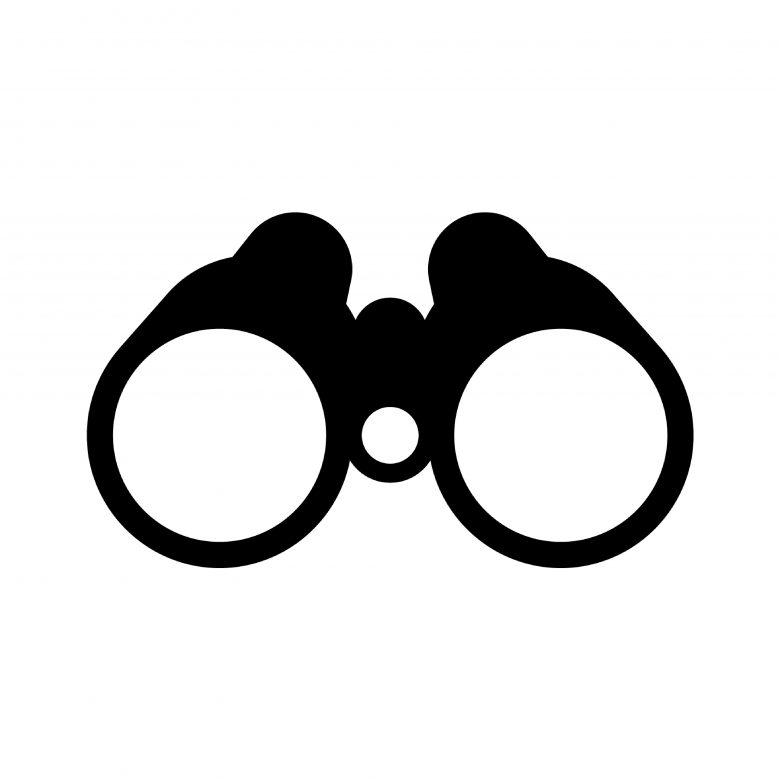This post is from Gary A. Higbee, one of SafeStart’s senior consultants and the co-author of Inside Out. Learn more about Gary’s many accomplishments in the safety industry and find a selection of his many articles at safestart.com/gary or see Gary speak here.
One of the most useful ways to prevent getting hurt is to look at others and their actions. Seeing other people act in a risky way is a great way to fight complacency. It keeps safety at the front of your mind and provides a firsthand lesson in what not to do. (In fact, it’s so important that it’s one of SafeStart’s critical error reduction techniques.)
We can learn a lot about risk and error by simply watching other people. This is something we already do a lot of when driving, but we don’t use it as often as we should at other times.
Here are a few ideas to help you observe others and then use what you see to make yourself safer:
- Make a point of observing others. Casual observations have their uses but getting really good at learning how to use this technique takes time and practice. I suggest you get a cup of coffee and sit in a busy place like an airport or shopping mall. Get comfortable and just watch the people going by. Have a small note card, and if you’re trained in SafeStart then write down the four states and four errors written on it. Write down when you see someone do something risky, or put a checkmark down any time you notice a state or error. You will fill the card in a very short period of time. This exercise will sharpen your ability to recognize risk and error in other people.
- Bring that skill into your workplace or the activities you like to do in your leisure time. You’ll start to see quality and performance errors all around you. The missed putt on the golf course, the misaligned part in a welding fixture, the forklift backed into a post—all of these errors can be avoided by paying attention to others.
- Transfer the skills you developed and honed watching others and apply them to yourself.
This skill development is particularly powerful:
- It helps us to be much more attentive. We learn to better focus our attention on the important things.
- It fights complacency.
- It allows us to recognize the risk posed by the other guy and to take ourselves out of the line of fire.
- It makes it easier to intervene and help protect family, friends and co-workers when they’re at risk.
This exercise doesn’t have to take very long and once you start seeing mistakes in others you won’t be able to stop. Take a bit of time to watch others and there’s a good chance you’ll kickstart your ability to watch others to keep yourself safe.

